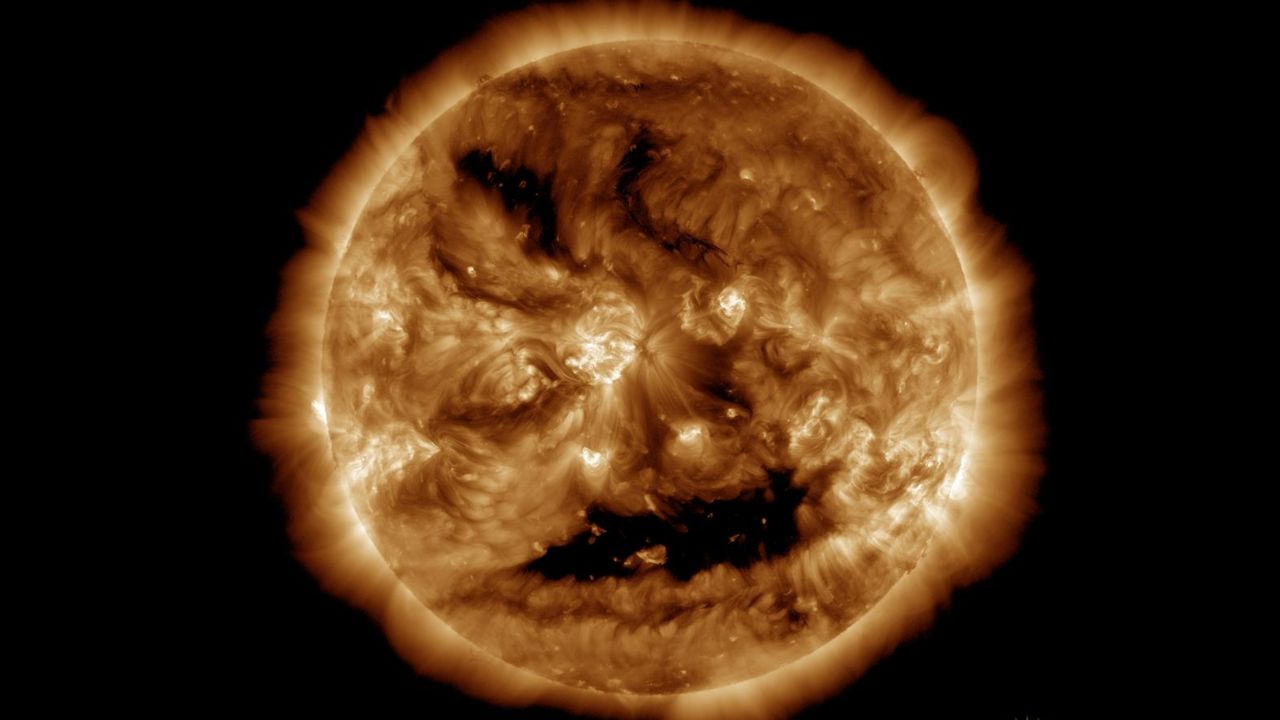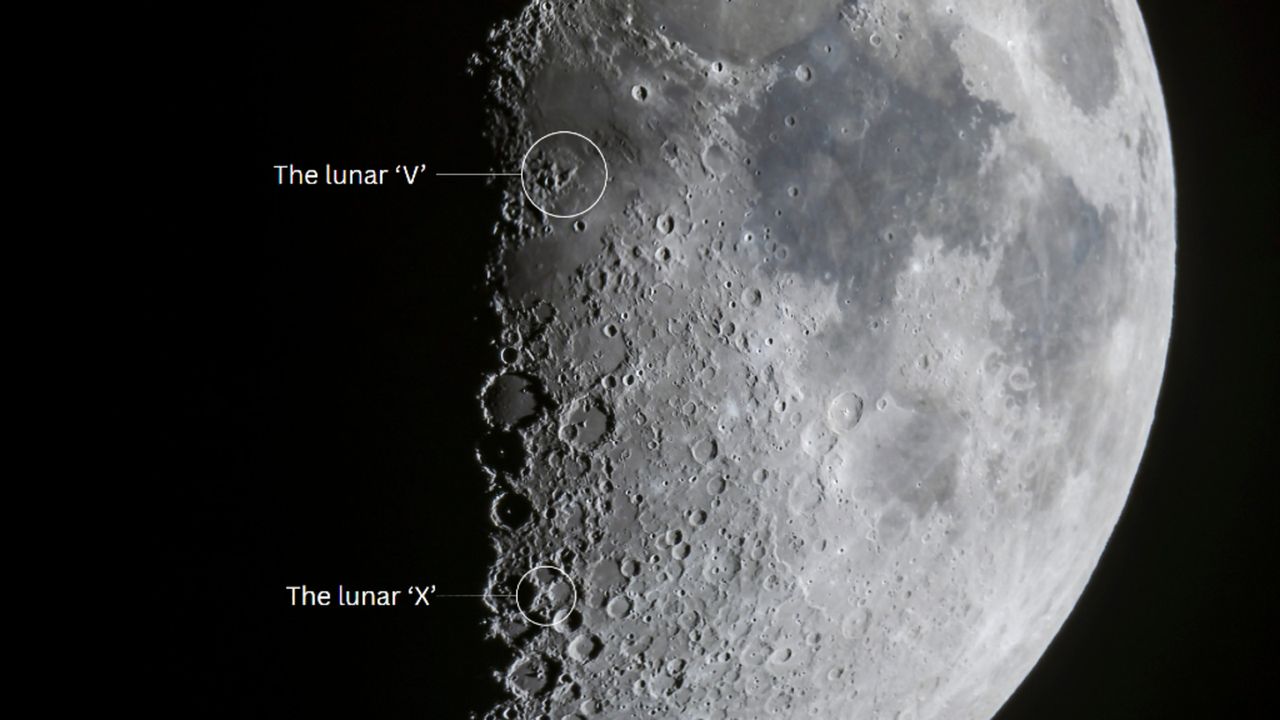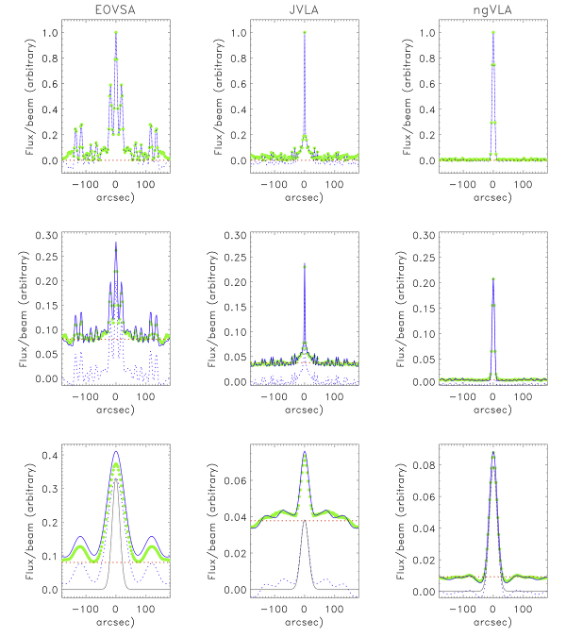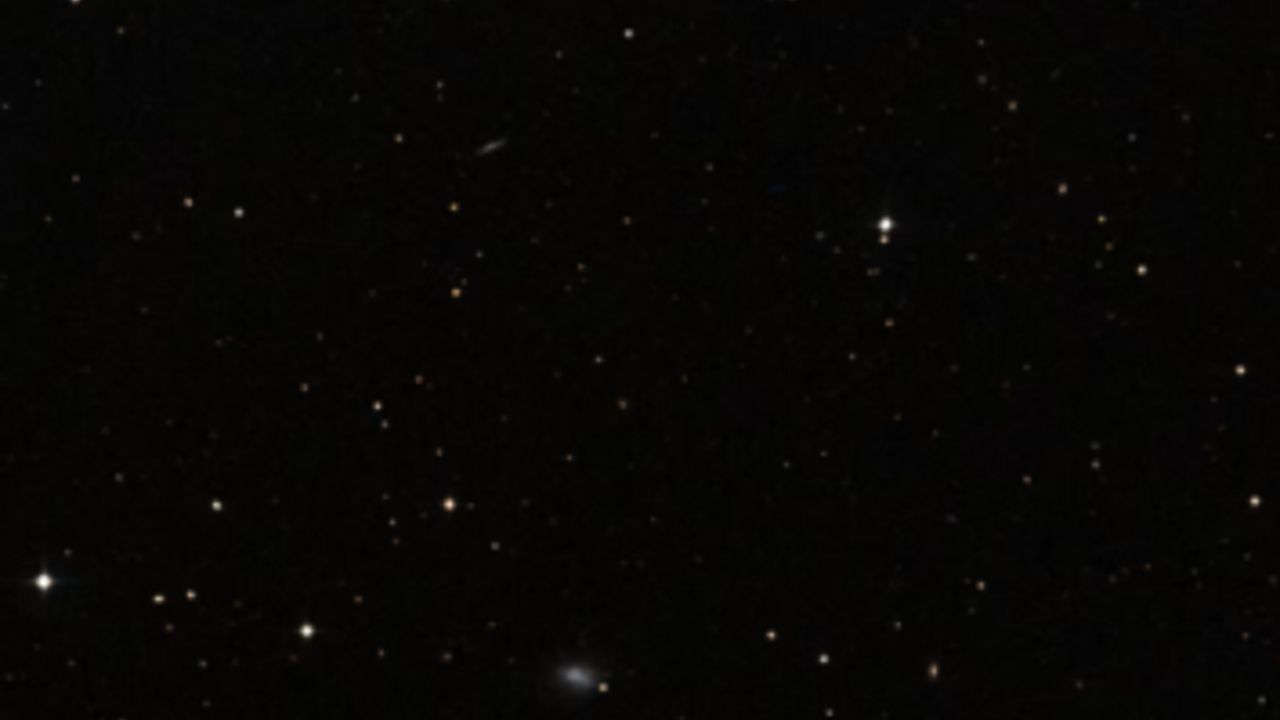Mercury shines farthest from the sun in the evening sky on Oct. 29
PositiveScience

On October 29, Mercury will be visible as a bright 'evening star' in the southwestern sky at sunset, marking a significant astronomical event. This phenomenon is exciting for stargazers and astronomy enthusiasts, as it provides a perfect opportunity to observe one of the solar system's closest planets in a stunning evening display.
— Curated by the World Pulse Now AI Editorial System










